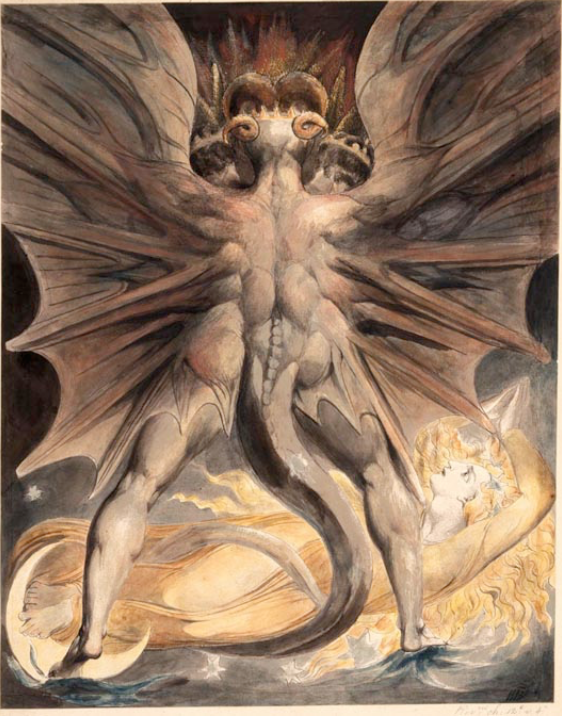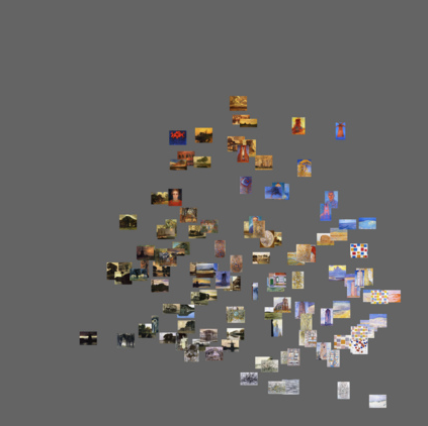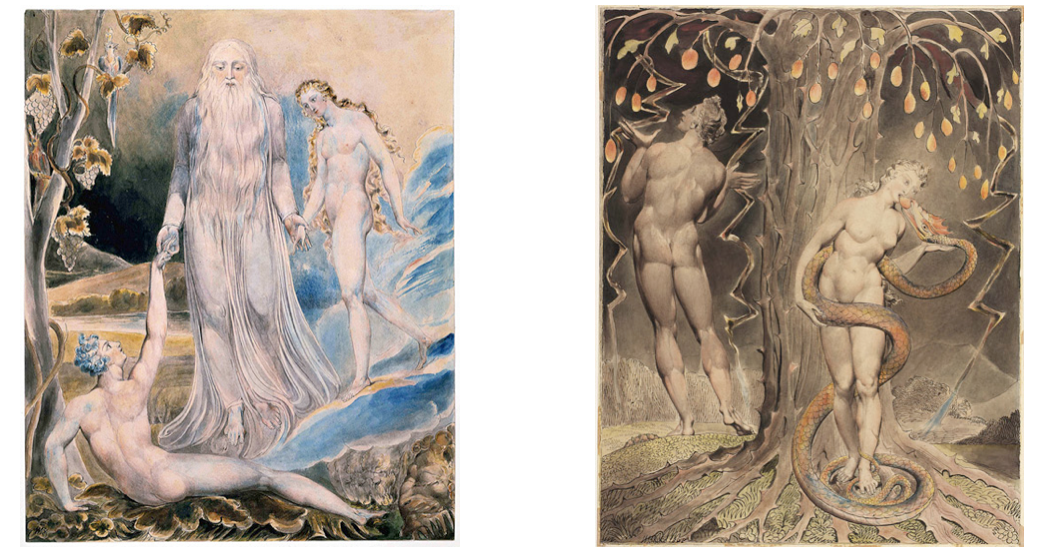In my role as Assistant Project Manager, I respond to the many requests for reproducing content from the William Blake Archive, of which the overwhelming majority are for images (a surprise to me). One of the most memorable request so far was a patron asking if he could screen-print one of the images on his home stereo cover. While this was a strange request and much different than the normal reproduction requests for publication, it tells us that the images in the archive contain a tremendous power outside of academic use. I wondered how I can locate that power.

Potential Stereo Cover
What method does one use to evaluate a large corpus of images? Can we use computational tools to distantly read images? I thought I would try to see. Projects like Lev Manovich’s Software Studies Initiative (softwarestudies.com) have tried to deploy software to read and categorize images. Images with massive amounts of data are much harder to compute than text files, which explains why Manovich’s team utilized supercomputers to process the data from images. Without a budget for supercomputing power, I thought I would start on a small scale to prototype what could we find out about the images in the archive through image processing.

A visualization produced by ImageJ
The Software Studies Initiative developed an open-source tool for looking at images called ImageJ( http://lab.softwarestudies.com/p/software-for-digital-humanities.html). The program extracts “features” from the images which include brightness saturation, colors, line orientations, number and type of shapes, and composition. This can provide what looks to be subjective types of categorization from images through a quantification of their qualities. Metadata of the images can be used to make comparisons between sets of images such as plotting features against some other variable like the date of production.

The archive has always been a wonderful tool to compare images and software like ImageJ allows us to compare the features of a massive amount of images. I am pulling together collections of images and will update the blog with my findings.

I’m pretty sure the reason the guy wanted the image on his stereo was that he likes Hannibal.
Also, all your images are in the public domain due to Bridgeman v. Corel, and your copyright claims are bogus and offensive.